One of the main drawbacks that travelers encounter upon entering China are the restrictions that the government places on internet access. In particular, social networking sites like Facebook, Twitter and YouTube are blocked by government firewalls, like other news sites. If you want to share your travel experiences with your friends and family, follow this guide to avoid blocks and access the sites you want.
Steps
Method 1 of 3: Use a VPN
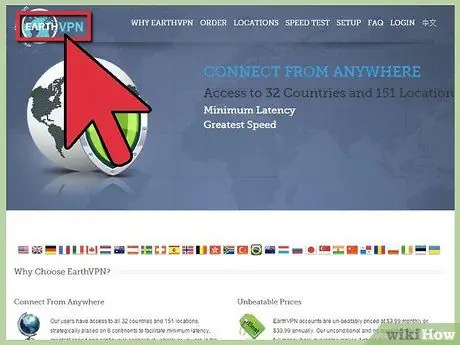
Step 1. Find a VPN service that's right for you
A VPN (Virtual Private Network) is an encrypted connection to connect to a remote server that allows you to access the internet without restrictive firewalls. The VPN affects all of your internet traffic, which means Skype and other messaging services aren't blocked by firewalls either. VPNs aren't free, but some offer monthly as well as yearly plans, which can be handy for travelers. Some of the most popular VPNs are:
- StrongVPN
- ExpressVPN
- WiTopia
- BolehVPN
- 12VPN
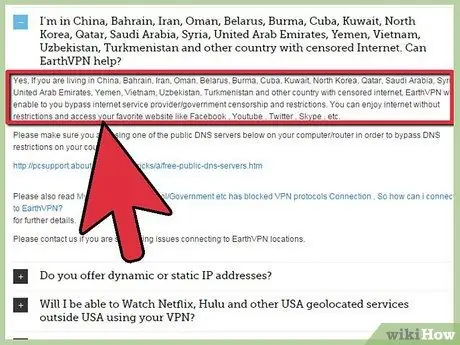
Step 2. Check that your chosen VPN works in China
Some of the major VPN servers have been blocked by the Chinese government and are no longer accessible. Find out about the company you want to rely on and read the reviews on that service on the internet.
BestVPN.com is a site that contains up-to-date information on the most reliable and currently accessible VPN services from China
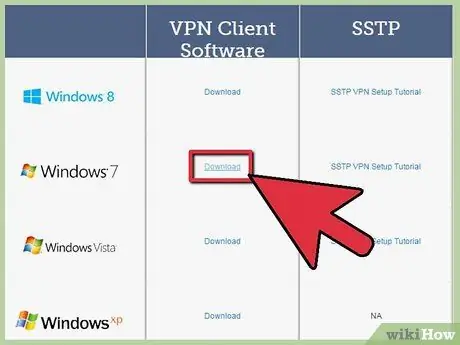
Step 3. Download the necessary programs
Some VPN services, such as WiTopia, will provide you with a VPN client which must be installed on your computer. Others, like StrongVPN, will give you the connection information you need to enter into your Windows or Mac connection manager.
- It would be best to download and install the VPN programs before entering China. Many of the most common VPN programs are blocked, which means that you cannot enter or download the client. Setting up your VPN outside of China will also make it easier for you to contact customer support if you have any problems.
- Some VPN services offer mobile apps that you can use on an iPhone, iPad, or Android.

Step 4. Connect to the VPN
You need to start the client or enter the VPN information in the connection settings of your operating system. The VPN clients provided with the service are already preconfigured and you only have to enter the data for access.
- For Windows, search for VPN on your computer and select "Set up a virtual private network (VPN) connection" (Windows Vista / 7) or "Add a VPN connection" (Windows 8). Enter your connection details. The VPN service should have given you a server to connect to, a username and password. Enter them in the VPN connection settings.
- For Mac OS X, click on the Apple menu and select System Preferences. Click on Networks. Click Add (+) at the bottom of the list, then select VPN from the list. Choose the type of VPN you are connecting to. It will be given to you by your VPN service. Enter the VPN settings, including the server you are connecting to, username and password.
- Click on Connect to connect your VPN. Most VPNs connect automatically. If you can't make a connection, contact your VPN customer support to fix the problem.

Step 5. Log in to Facebook
When the VPN is connected, you can access all blocked sites that you couldn't see before; you can also use any other program that works with an internet connection, such as Skype. You may have a slow connection, but this is normal due to the distance between you and the VPN server.
Method 2 of 3: Using a Proxy
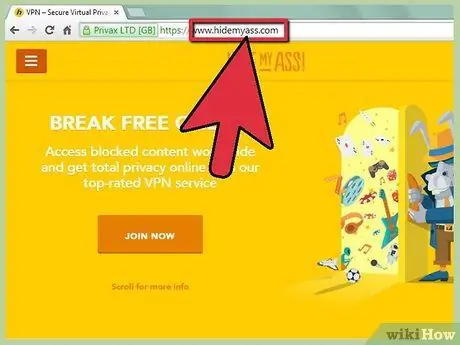
Step 1. Try free proxies
A proxy is a website, often located somewhere other than where you are, that allows you to access other sites through it. So if your proxy is in the US, and you log into Facebook through it, it should be like logging into Facebook from the US. Here is a list of free proxies: https://hidemyass.com/proxy-list. Try them first, because they're free - but they may not be a great way to log into Facebook in China because:
- The Chinese government continues to find and block them.
- They often don't have good enough programming to handle social media technology.
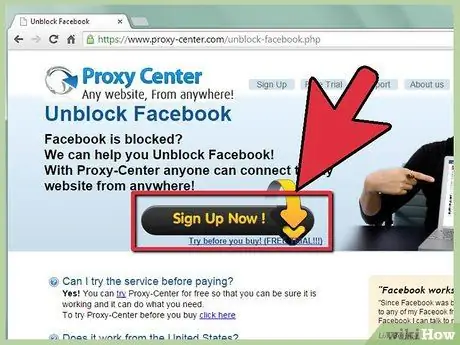
Step 2. Try a secure proxy
Proxy Center (https://www.proxy-center.com) would appear to work well with Facebook and other social media. It offers a free trial period so you can check that it works before paying or giving your email. The advantage of a proxy like this (over a VPN service, which we talked about earlier) is that there is nothing to install on the computer - it's all network-based.
Method 3 of 3: Using Tor
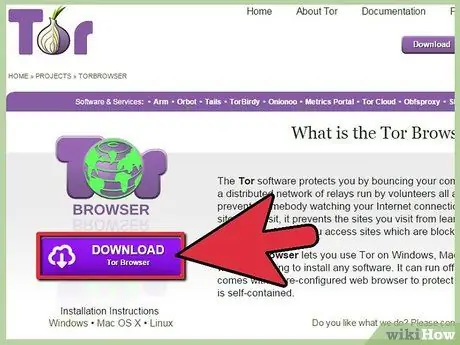
Step 1. Download the Tor browser package
Tor is a free distributed system that makes you anonymous when you connect through this browser. Information is bounced between a large number of repeaters around the world. Tor allows you to bypass firewalls or restrictions placed on your connection. The downside is that the sites load slowly, as the data has to travel long distances before it gets to you.
The Tor browser package is a self-contained program that does not need to be installed. You can put it in a USB device and connect it to any computer. The browser is available for Windows, Mac and Linux

Step 2. Start the browser
The Tor browser is a modified version of Firefox with which it shares many similarities in the interface. When you start the program, a window appears showing the status of the Tor connection. When the connection is established, the browser will open.
Only traffic sent through the Tor browser will be sent through the Tor network. This means that Internet Explorer, Chrome, Safari and any other browser will not be anonymized by the Tor network even if Tor is running

Step 3. Check that you are connected
When the browser window opens, you should see a page confirming that you have successfully connected to Tor. You should now be able to access sites that were previously blocked. Closing the browser window will stop Tor from running.






